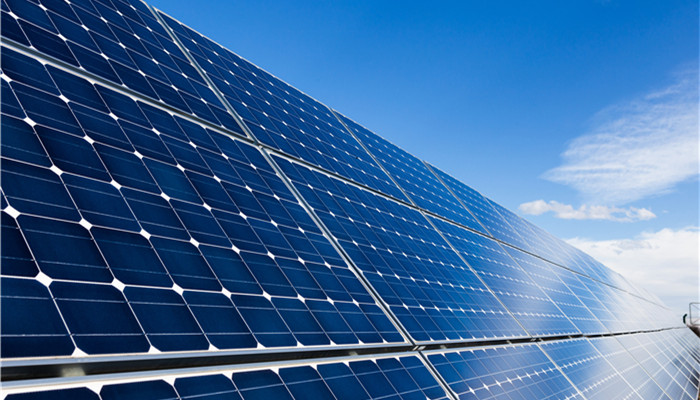
Driven by the continued growth of terminal photovoltaic installed capacity, there is huge room for domestic substitution in the domestic photovoltaic silver paste market
Photovoltaic silver paste is a type of electronically conductive silver paste. Conductive silver paste refers to a high-tech electronic functional material composed of conductive phase silver powder, adhesive, solvent and trace additives to improve performance. Photovoltaic silver paste is the most important auxiliary material for photovoltaic cells, and it is the material with the second largest cost share in photovoltaic cells. According to different locations, photovoltaic silver paste can be divided into front silver paste and back silver paste; according to different sintering temperatures, photovoltaic silver paste can be divided into high temperature silver paste and low temperature silver paste. Currently, front-side silver paste and high-temperature silver paste are the mainstream products in the photovoltaic silver paste market.
In recent years, with the continuous growth of domestic photovoltaic installed capacity, the demand for photovoltaic cells has continued to increase. As an important auxiliary material for photovoltaic cells, the market demand for photovoltaic silver paste has continued to increase. According to data from the National Bureau of Statistics, my country’s photovoltaic cell output reached 234.054 million kilowatts in 2021, a year-on-year increase of 42.1%. In this context, according to the “China Photovoltaic Silver Paste Market Feasibility Research Report 2022-2026” released by the Industrial Research Center , my country’s photovoltaic silver paste market demand in 2021 will be 1,231.9 tons, a year-on-year increase of 11.8%; consumption will be approximately 3,078.5 tons, a year-on-year increase of 24.8%.
From the perspective of market segments, front-side silver paste consumption will account for 72% of the total domestic photovoltaic silver paste consumption in 2021; back-side silver paste will account for 28%. The front silver paste mainly plays the role of collecting and exporting photogenerated carriers in photovoltaic cells, and is mainly used on the light-receiving surface of P-type cells and both sides of N-type cells. In the future, as the market share of battery technology represented by N-type crystalline silicon cells gradually increases, the market penetration rate of front-side silver paste will increase accordingly.
In addition, high-temperature silver paste is also a mainstream product in the photovoltaic silver paste market. High-temperature silver paste is mainly used in conventional crystalline silicon photovoltaic cells such as BSF cells, PERT cells, and PERC cells. Low-temperature silver paste is mainly used in HJT (heterojunction). battery field. In 2021, the output of high-temperature silver paste will account for more than 98% of the total domestic photovoltaic silver paste output. However, under the background of HJT cells showing strong development advantages, its market penetration will continue to increase, which will in turn drive the increasing demand for low-temperature silver paste. The low-temperature silver paste market has huge development potential in the future.
Industrial analysts personnel said that my country’s photovoltaic silver paste industry started late and was affected by factors such as technology and raw materials. For a long time, the domestic market has been dominated by leading foreign companies. Major companies include DuPont of the United States, Heraeus of Germany, and Samsung SDI of South Korea. However, in recent years, with the technological, financial, and policy advantages of local companies such as Zhongtiansheng, Suzhou Jingyin, Juhe, and Dike having increasingly highlighted advantages, the localization process of photovoltaic silver paste has been accelerating. Among them, the localization rate of domestic front-side silver paste has reached more than 55% in 2021; the localization rate of high-temperature silver paste has reached more than 40%. At present, the localization process of the entire photovoltaic industry chain has been basically completed, but the localization rate of the photovoltaic silver paste market is still relatively low. There is still huge room for domestic substitution in the domestic market in the future, and the industry development potential is huge.

 微信扫一扫打赏
微信扫一扫打赏

